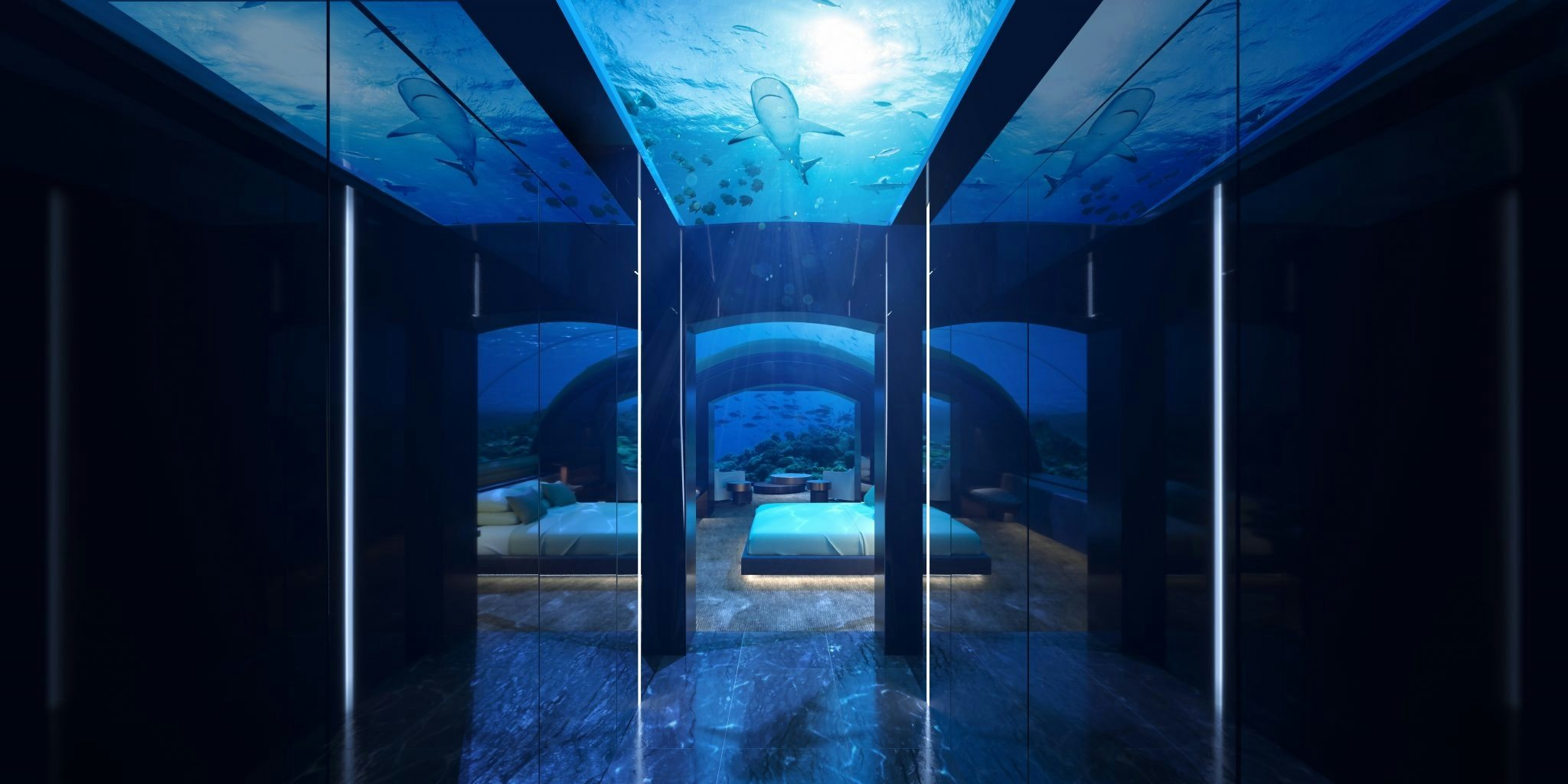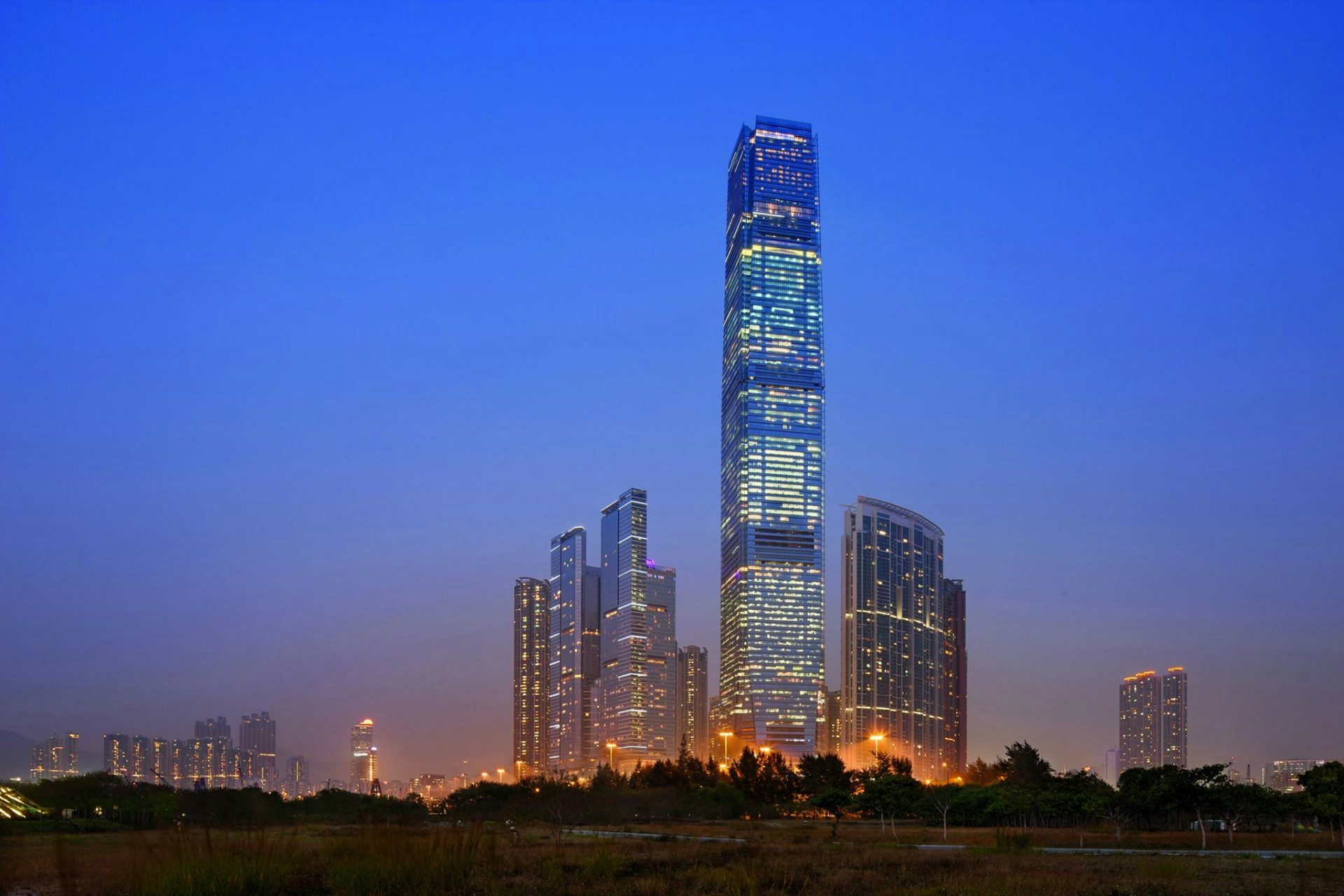From the launch of Bvlgari’s second hotel in Shanghai to the opening of the Zaha Hadid-designed Morpheus Hotel in Macau, global luxury hospitality players are flocking into the Chinese market as the country’s appetite for high-end hospitality services grows.
According to Daniel Welk, vice president of operations, luxury, and lifestyle of Hilton Asia Pacific, the sector is experiencing a “Golden Age of Travel,” where the Asia-Pacific region and, in particular, China spur unlimited potential and opportunities. In the face of growing competition, how is Hilton implementing its strategy and staying ahead in this highly competitive marketplace?
Since entering the country in 1988, Hilton Group has expanded to 10 luxury hotels in the Greater China region with plans to open three more Waldorf Astoria hotels (Sanya Haitang Bay, Xiamen, and Haikou) and four more Conrad properties (Hangzhou, Shenyang, Shenzhen, and Ningbo) in the next five years. Meanwhile, they will soon open additional luxury properties in overseas destinations, including Bangkok and Bali, to attract Chinese luxury travelers.
China’s luxury travel market, both national and outbound, has been booming. How is Hilton affected?#
China’s hospitality market has seen unprecedented development in recent years due to urbanization, sustainable economic growth, relaxed visa policies, as well as a substantial increase in income. Moving forward, the Chinese hospitality market presents massive growth opportunities for Hilton, with the sustained increase in domestic and international travel.
How are travelers, Chinese or otherwise, defining luxury these days?#
There’s a desire for personalization of the travel experience, to the point of exclusivity — indeed, exclusivity, in the form of a preference for the unique and niche, ranks highest on the hierarchy of luxury travel needs. Additionally, “Instagrammability” has grown rapidly in importance, as luxury travelers want to share their experiences on social media. For instance, more than 40 percent of travelers under 33 actually prioritize “Instagrammability” when choosing their next holiday spot. This is the case even among UNHWI (ultra-high net worth individuals), looking to stand out from other individuals.
What is the company’s overall goal in China versus the APAC market, for both the Waldorf and Conrad brands?#
At the moment, we operate 22 Waldorf Astoria Hotels & Resorts and Conrad Hotels & Resorts across 12 countries and territories in Asia Pacific…. However, as home to the first Waldorf Astoria in the region…China has proven to be a critical growth market for both brands. In fact, to date, we operate three Waldorf Astoria properties and seven Conrad properties in Greater China alone.
Despite the strong performance of our luxury portfolio thus far, we still aim to continue to be where our guests travel, including destinations in established markets such as Bali and Maldives, as well as emerging destinations like Jakarta and Hangzhou. In line with this, we have nearly 20 Waldorf Astoria Hotels & Resorts and Conrad Hotels & Resorts in the pipeline across the region.
You are about to open several new locations in Southeast Asia, like Bangkok and Bali. These places also happen to be popular destinations among Chinese travelers. How do you plan to attract this group?#
Southeast Asia, and Maldives and Bali, in particular, has indeed proven to be a very popular destination for Chinese outbound travelers. For instance, one in every four tourists in Bali today is from China, while China has also been cited as the largest tourism source market in the Maldives. To appeal to the Chinese luxury traveler in these locations, therefore, we need to have a deep understanding of their needs and desires, and to constantly evolve in order to offer them travel options that are designed with these in mind. The Muraka, the world’s first undersea residence at Conrad Maldives Rangali Island, which opens in November this year, is a prime example of just how we’re doing this. Chinese luxury travelers are coming to the Maldives in search of the utmost in exclusivity, including almost VIP levels of privacy and security, which allow them to come and go easily and as they please. They’re also looking for experiences that are not just unique and exceptional, but that allows for as much thoughtful personalization as possible. I believe The Muraka offers all that and more.

While it is difficult to imagine an experience more transformative than sleeping below the sea, with an unobstructed, 180-degree panoramic view of coral and marine life, every stay is designed to be hyper-personalized. Inclusions feature a private chef who prepares all meals in consultation with the guest, the provision of a speedboat as the primary transportation method to unique locations around the resort, and exclusive use of the resort’s fleet of yachts when requested. On the other hand, those who prefer an experience focused on health and well-being will be given an itinerary that considers these needs.
What’s your digital marketing strategy in China for Waldorf and Conrad?#
Digital innovation is key for us as a business, extending beyond the initial “research and book” phase of the travel experience to how we enhance the customer experience within the hotel stay itself, as well as our digital marketing strategy.
At the same time, we also have a keen understanding of which channels our Chinese travelers are predominantly using, and seek to reach them at each touchpoint throughout their digital journey. An excellent example of this is what we’re currently doing on WeChat. In addition to our official Hilton WeChat account, we have also launched an all-new Official Regional WeChat Mini Program. This Mini Program is a pilot version focused on enhancing guest experiences, by mirroring content on the official websites, while delivering recommendations on nearby dining options, tourist attractions, as well as fun things to do. It also offers an industry-first e-Fapiao solution through a strategic partnership with Tencent, which enables clients to submit fapiao [receipt] requests up to 24 hours prior to checking out. The first batch of these Mini Program services has been launched in 19 Hilton hotels in Beijing, Shanghai, Guangzhou, and Shenzhen, and will gradually be rolled out in other hotels in Greater China.
Have you formed any collaborations or partnerships with big local players?#
In line with the mobile consumption habits of Chinese customers, as well as to bring our customers more convenient services on locally relevant distribution channels, Hilton opened our flagship store on Alibaba’s online travel platform Fliggy in June last year. To date, more than 5,000 of our hotels across 14 of our brands — including Waldorf Astoria and Conrad — from 104 countries and regions in the world have joined this store.
When it comes to investment in payment solutions, we have an active relationship with both Alibaba, with whom we have Alipay available, and Tencent, where we have WeChat Pay available.



